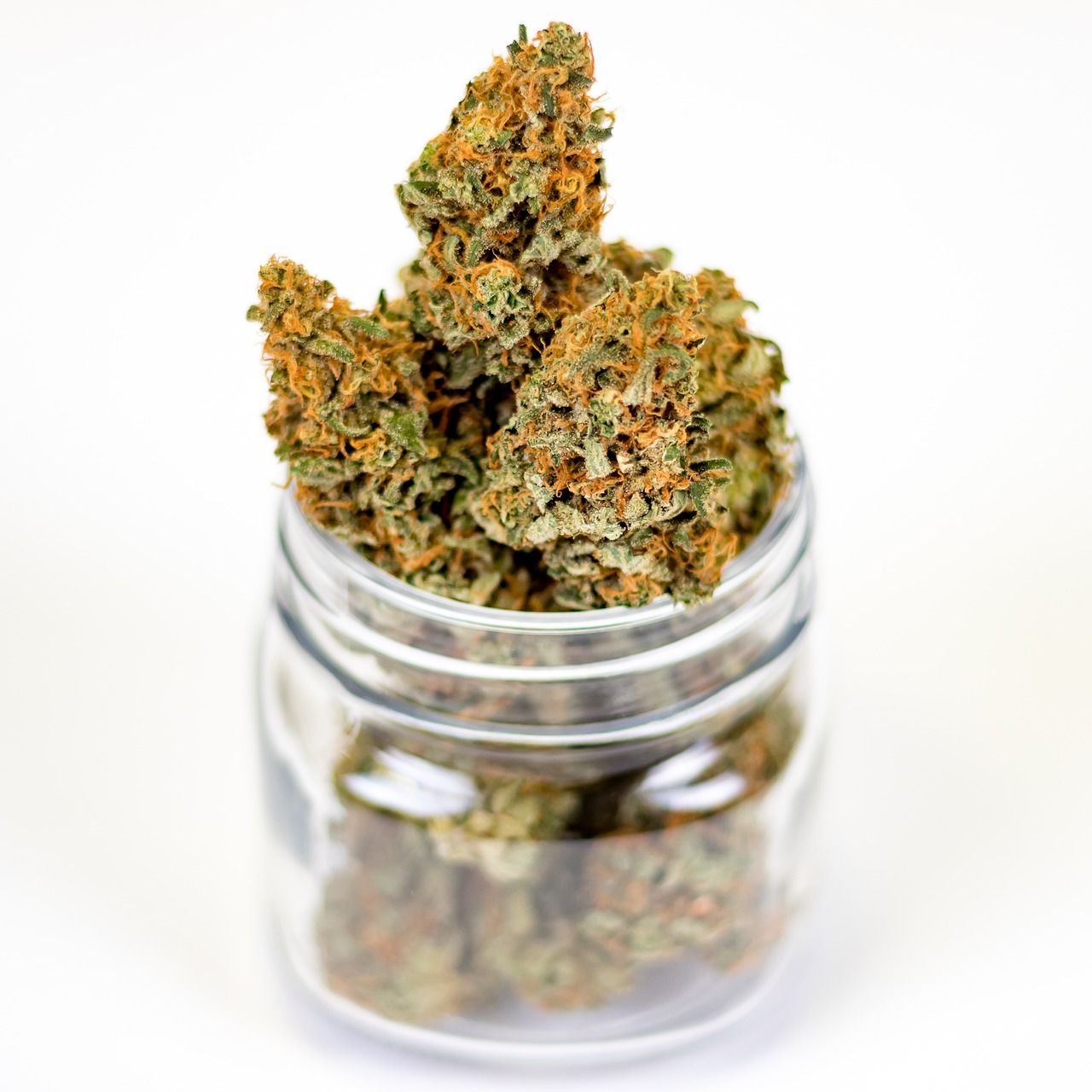Cannabis delivery has moved from novelty to necessity—and in many markets, to expectation. During the pandemic, states treated dispensaries as “essential” and temporarily relaxed rules to allow curbside pickup and home delivery, jolting retailers into the modern last-mile economy. That emergency shift didn’t just bridge a public-health gap; it rewired consumer behavior and accelerated an e-commerce build-out that continues to shape the industry today.
Well before federal reform, cannabis quietly joined mainstream retail patterns: buy-online-pick-up-in-store (BOPIS), curbside, and door-to-door fulfillment. Jane Technologies, which powers menus for thousands of retailers, reported that online transactions surged from a pre-COVID baseline of roughly 17% to more than half of all legal sales at the 2020 peak, settling to around four in ten transactions as stores reopened—evidence that convenience stuck even after restrictions eased. Headset’s market analyses during 2020 likewise documented a shift away from traditional evening and weekend shopping as consumers embraced click-to-collect and delivery throughout the week.
The infrastructure that grew around this demand—menu platforms, logistics software, and compliance rails—has become a competitive moat. Dutchie, for example, positions e-commerce as a core dispensary system with embedded menus, SEO-friendly storefronts, and order analytics, signaling how deeply digital channels are now woven into everyday operations. At the same time, delivery-native marketplaces such as Eaze claim millions of completed orders, using their scale to spotlight social-equity brands and to weather turbulent market cycles.
Policy has been as consequential as consumer demand. Massachusetts created two distinct, social-equity-focused delivery licenses (Courier and Delivery Operator) and recently extended the exclusivity window to at least April 2026—explicitly using delivery to lower barriers to market entry for entrepreneurs who’ve been historically excluded. New York’s Office of Cannabis Management issued delivery guidance setting quantity limits and clarifying where deliveries can occur, building a statewide floor for service even while brick-and-mortar licensing ramped up. In California, regulators and courts have defended rules allowing licensed retailers to deliver across municipal lines, a critical backstop in a patchwork of local bans.
The impact on retailers is twofold. First, delivery expands trade areas without additional storefronts, lifting order volume and smoothing demand spikes. Average order values rose during the digital shift—several analyses noted larger baskets as shoppers planned ahead and consolidated purchases through online channels. Second, delivery reshapes labor and cost structures. Fleet management, insurance, routing, and compliance checks add overhead, but they also create operational disciplines more akin to grocery and pharmacy delivery—industries that have already demonstrated the long-run viability of mixed-mode fulfillment.
Delivery’s rise, however, is not uniform. Local rules, fees, and the simple convenience of dense retail corridors can suppress adoption. Denver offers a reality check: despite allowing delivery (with an initial social-equity focus), city data show deliveries fell through much of 2024 amid regulatory friction, consumer preference for in-person shopping, and tighter household spending. The lesson is that policy design and market geography can meaningfully limit demand, even where delivery is legal.
There are workforce and competition dynamics, too. As delivery scales, labor relations come into focus. Eaze, one of the country’s largest delivery operators, has seen driver unionization and disputes over pay tiers—an indicator that cannabis is encountering the same gig-economy pressures seen in food and grocery delivery, with implications for service quality and cost. Meanwhile, companies are hedging pure-play models by adding storefronts; Eaze’s post-bankruptcy pivot to open a San Francisco shop underscores a broader omnichannel trend.
Outside forces continue to shape the lane. Macroeconomic pressure influences discretionary basket sizes and delivery frequency. Broader retail expectations—set by Amazon, DoorDash, and Instacart—raise the bar on speed, real-time inventory, and transparent fees, pushing cannabis toward parity with mainstream e-commerce. Retail analysts widely note that the future of shopping isn’t online vs. offline, but a blended “right-now” mix matched to each trip—an idea increasingly true in cannabis. Industry data firms like BDSA and New Frontier Data also observe that as access stabilizes, consumer behavior becomes more routine and repeatable, favoring retailers that can make re-ordering effortless.
Looking ahead, delivery’s staying power will track three variables: regulatory clarity (including cross-jurisdiction delivery and equity frameworks), unit economics (routing density, dynamic fees, and insurance costs), and consumer trust (ID verification, product integrity, and timely service). Markets that harmonize these pieces will see delivery remain a durable revenue stream—not a pandemic artifact. And as more states write delivery into statute rather than emergency guidance, the last mile will become just another standard aisle in cannabis retail.

